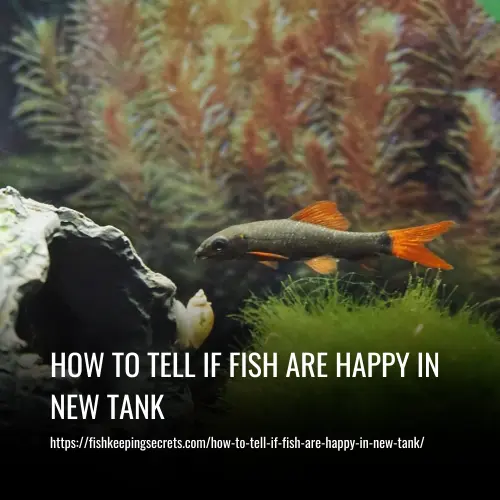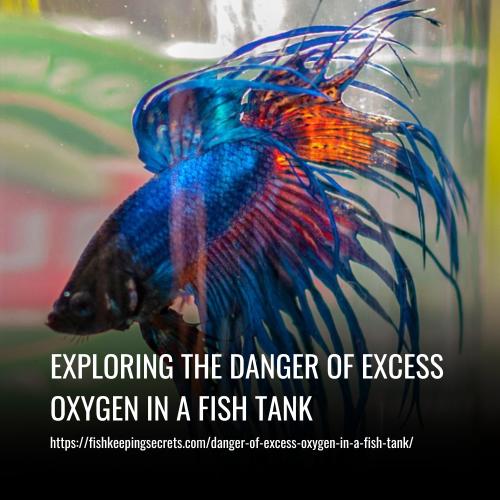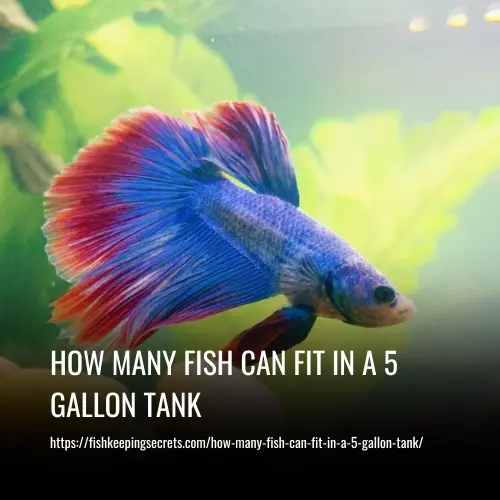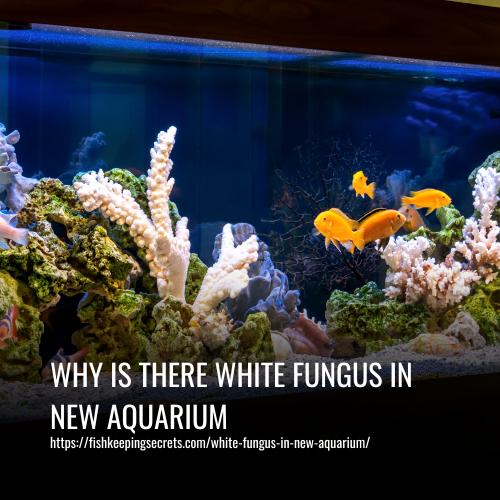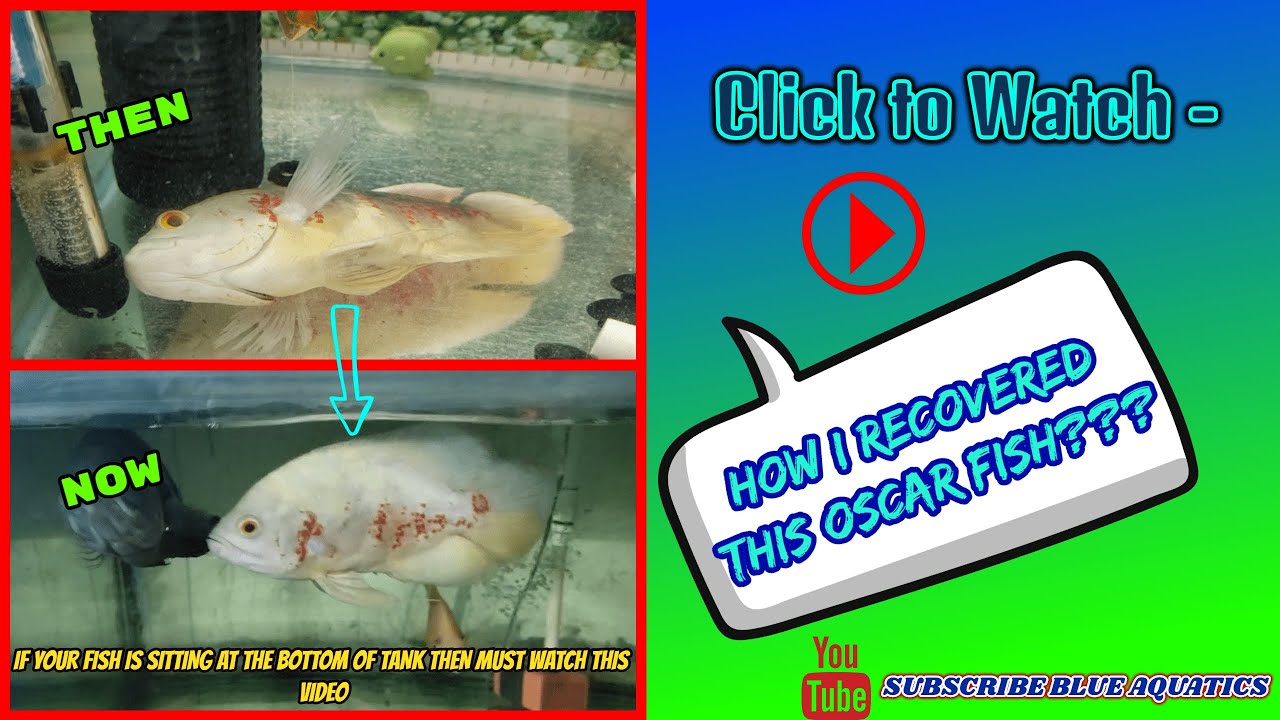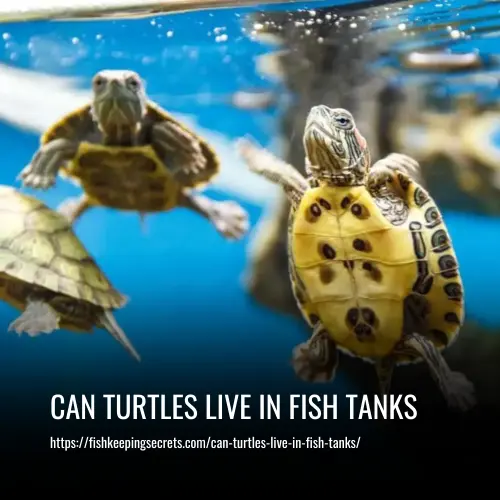How To Get Rid Of Foam Bubbles In Fish Tank
This post contains affiliate links. As an Amazon Associate, we earn from qualifying purchases.
Aquarium owners often encounter the problem of foam bubbles forming on the surface of their fish tank. This can be caused by a variety of factors such as protein buildup, surface agitation, or the use of certain cleaning products. Not only are foam bubbles unsightly, but they can also disrupt the oxygen exchange for your aquatic pets.
To get rid of foam bubbles in fish tank, follow these steps:
- 1. Check for Dead Fish
- 2. Do a 40% Water Change
- 3. Scrape the Sides of the Tank
- 4. Clean Decorations and Rocks
- 5. Check and Trim Plants
- 6. Vacuum the Gravel
- 7. Clean the Filter Two Weeks Later
- 8. Protein Skimmers
- 9. Avoid Overfeeding
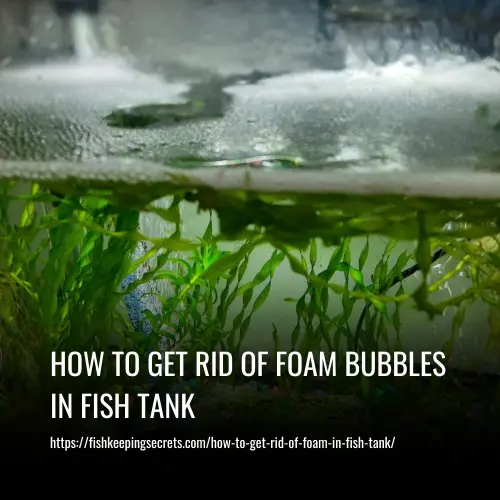
How To Get Rid of Protein Foam In an Aquarium
To get rid of foam bubbles in fish tank, follow these steps:
Materials
To perform a proper cleaning of your fish tank, you will need the following:
- Gloves
- Scraper and razorblade (plastic if you have an acrylic tank)
- Gravel vacuum
- Bleach
- Bucket (brand new or only used for this tank)
- Aquarium lime remover
- Filter media and brush
- De-chlorinator
1. Check for Dead Fish
Inspect your tank carefully to look for any signs of dead fish. Remove any deceased fish immediately, as they can release harmful toxins into the water if left unattended. Be thorough in your search, checking under rocks, decorations, and inside plant cover.
2. Do a 40% Water Change
If you notice excessive protein foam in the water, it may indicate poor water quality. In such cases, it is recommended to do a 40% water change. However, avoid changing all the water at once, as it can disrupt the beneficial bacteria that have established in your tank and disturb the ecosystem’s balance.
3. Scrape the Sides of the Tank
Use a scraper to remove algae and other buildups from the sides of the tank. If the algae are stubborn, a razor blade can be used to scrape them off. It’s important to purchase scrapers or algae pads specifically designed for aquarium use to ensure they are safe for your fish.
4. Clean Decorations and Rocks
Remove any decorations or rocks that have noticeable algae growth. Avoid using soap to wash them, as even a trace of soap residue can be harmful to fish. Instead, scrub them with warm water. If they don’t come clean, soak them in a 10% bleach solution for 15 minutes. After soaking, rinse them thoroughly to remove any chlorine residue. You can also use a de-chlorinator to ensure all chlorine is removed before putting them back in the tank.
5. Check and Trim Plants
Inspect your live plants for any dead or decaying leaves. Trim or remove these leaves to keep your tank clean and maintain a healthy environment for your fish. Some plants may also need to be treated with a 5% bleach solution to remove algae, but be sure to rinse them thoroughly afterward.
6. Vacuum the Gravel
Using a water siphon, clean the gravel in your tank. The siphon should stir up the gravel and suck up any debris without also sucking up the gravel itself. Make sure to remove any plants or decorations from the tank during this step to prevent debris from settling on them.
7. Clean the Filter Two Weeks Later
After cleaning your tank, it’s important to wait two weeks before cleaning the filter. Cleaning the tank can deplete the bacteria colonies that help break down fish waste. However, the filter should still have enough bacteria to maintain a healthy balance. If you clean the tank and filter at the same time, you risk removing too much good bacteria and causing an ammonia spike.
After the two-week period, replace the filter media and clean the filter tubing and other components with a small brush. This helps to ensure that the filter is functioning properly and maintaining good water quality for your fish.
8. Protein Skimmers
A protein skimmer is a useful tool for removing organic waste and protein foam from your aquarium. It works by creating foam through the interaction of air and water, and then collects the foam in a removable cup. This not only helps get rid of foam but also oxygenates the water, reducing the need for a separate aeration component.
9. Avoid Overfeeding
Overfeeding is a common cause of organic waste buildup and protein foam in aquariums. To prevent this, carefully calculate the amount of food your fish need based on their species and quantity, and feed them only that amount. If you notice a lot of leftover food after feeding, it’s a sign that you’re overfeeding. Adjust the amount next time to ensure your fish are getting the right amount of food without creating excess waste.
Regular maintenance and cleaning of your fish tank are crucial for the health and happiness of your fish. By following these steps, you can ensure a clean and safe environment for your aquatic pets.
What Is Protein Foam In Fish Tank
Protein foam is a common issue that can occur in aquarium tanks. It is a white biofilm that forms on the surface of the water and often emits an unpleasant smell. This foam is a result of organic waste buildup, including uneaten food, fish waste, and dead organisms. The buildup creates a film on the water’s surface, trapping oxygen underneath. Over time, small bubbles of oxygen combine, creating the foam. While more common in saltwater tanks, protein foam can also occur in freshwater aquariums.
Causes of Protein Foam In Fish Tank
Protein foam in your tank can be caused by several factors, primarily stemming from improper maintenance.
1. Dirty Water
If you notice white foam on the surface of your tank water, it may be a sign of dirty water. Overstocked aquariums, lack of cleaning, inappropriate filtration systems, or excessive debris can lead to dirty water conditions. To address this, perform a thorough cleaning by doing a partial water change, rinsing the filter, and vacuuming the gravel. Additionally, use a testing kit to check for elevated levels of ammonia or nitrites, which may require further action.
2. Water Aeration
Another common cause of white foam is water aeration. Agitating the water through activities like partial water changes or the use of a bubble stone can lead to the formation of small bubbles. This is a normal occurrence and not a cause for concern. If you want to reduce water aeration during water changes, you can pour the fresh water onto a plate before adding it to the tank, which should help reduce the formation of bubbles.
3. Biofilm and Protein Buildup
One reason to clean your tank immediately is the accumulation of decomposing matter containing proteins. This can coat air bubbles with a smelly surface and gather them in one area of the tank. It is important to thoroughly clean the tank and the water inside, including vacuuming the substrate and rinsing the filter.
Performing partial water changes is also essential to maintain stable water parameters and keep the tank clean. Additionally, promptly remove any food leftovers, fish waste, or unhealthy leaves from live plants in the tank.
4. Bubble Nest
Another cause of water foam is the creation of bubble nests by certain fish species, such as male bettas. Bubble nests are formed by air bubbles coated in saliva and provide a safe place for fish fry. The shape and size of bubble nests vary depending on the fish species and individual. It’s important to note that the presence of a bubble nest does not always indicate the imminent arrival of baby fish. You can choose to destroy or leave the bubble nest as it does not affect water quality.
5. Fish Medication
When using medication to treat sick fish, you may observe white foam or water bubbles on the tank surface. This occurs because medication can change the water hardness, causing air bubbles to take longer to dissolve. These bubbles are safe for your fish, but you can isolate the sick fish in a separate tank while administering medication.
6. Micro Bubbles After a Water Change
The presence of micro bubbles after a water change is a normal occurrence and is nothing to worry about. These bubbles are formed when dissolved gases are released into the water due to a change in temperature. They should disappear within a few hours, but if there is a large number of bubbles, it could indicate a significant water change that may affect the fish’s health. Keep a close eye on the tank in such cases.
7. Excess Ammonia
Foaming in the water can be caused by excess ammonia, which can result from a heavily stocked aquarium, overfeeding, or debris falling into the water. This foaming can be seen if there is something creating bubbles in the water, like a sponge filter. If foaming occurs in the absence of medication, it may indicate a buildup of harmful chemicals, so it’s important to test the water using ammonia and multi-test strips.
8. Pearling Plants
“Pearling plants” refers to the phenomenon where plants release oxygen in the form of tiny bubbles during photosynthesis. This visible stream of bubbles is a sign that the water is saturated with dissolved oxygen. Algae also produce bubbles during photosynthesis. While algae may not be aesthetically pleasing, they can contribute to the aquarium ecosystem by producing oxygen for the fish and absorbing nitrogen waste compounds.
9. Poor Tank Cleaning
Neglecting to clean your tank regularly or thoroughly can lead to the accumulation of food particles and fish waste. These substances, when left untouched, can contribute to the production of protein foam.
10. Dead Fish
If a fish in your tank dies unnoticed, its carcass will slowly decompose, releasing protein into the water. Regularly checking for and promptly removing any dead fish can help prevent the formation of protein foam.
By addressing these causes and implementing proper tank maintenance, you can prevent or reduce the occurrence of protein foam in your aquarium.
Why Is It Important To Clean Up Protein Foam
Cleaning up protein foam is important to maintain a balanced and healthy ecosystem in your fish tank. If left unaddressed, protein foam can deplete the oxygen in the water, which can be detrimental to the well-being of your fish.
When there is an excess of protein waste in the tank, beneficial bacteria work to break it down. However, these bacteria require oxygen to carry out this process as part of the nitrogen cycle. As they multiply to handle the excess waste, they consume more oxygen from the water.
A decrease in oxygen levels can lead to an emergency situation in the tank. Most aquarium fish cannot survive for more than a day in an environment with low oxygen. Therefore, cleaning up protein foam promptly is necessary to ensure the health and survival of your fish.
Is Foam Harmful to Fish
Foam in a fish tank can be harmful if left unchecked. Although protein foam is not an emergency, it can lead to a decrease in oxygen levels in the water over time. This decrease in oxygen can be deadly for fish. While the foam itself is not harmful, its presence indicates potential oxygen depletion in the tank, which can be detrimental to the fish.
It is important to address the foam and take appropriate measures to maintain oxygen levels in the tank to ensure the well-being of your fish.
How to Prevent Protein Foam from Coming Back
Preventing protein foam from reoccurring in your tank is possible by following these steps:
1. Regular Water Changes
Performing regular water changes is crucial to maintain good water quality and prevent the buildup of waste. This will help reduce the chances of protein foam forming in your tank.
2. Maintain Your Fish Tank Filter
Make sure to regularly clean and maintain your fish tank filter. A dirty or clogged filter can contribute to poor water quality and the formation of protein foam. Follow the manufacturer’s instructions for cleaning and replacing filter media.
3. Clean Your Gravel More Frequently
The gravel in your tank can accumulate waste and debris over time, contributing to poor water quality. By cleaning your gravel more frequently, you can remove excess waste and prevent the buildup of proteins that lead to foam formation.
4. Monitor Tank Conditions
Keep an eye on the overall conditions of your tank, including temperature, pH levels, and ammonia and nitrate levels. Maintaining optimal conditions will help minimize stress on your fish and reduce the likelihood of protein foam forming.
By implementing these preventive measures, you can reduce the chances of protein foam coming back and ensure a healthier and happier environment for your fish.
FAQs
Foam bubbles are small capsules of gas, such as oxygen or carbon dioxide, that are trapped in a film made of substances like agitated liquid (water), soap, protein (from fish poop, food, and other organic waste), or fish saliva. These bubbles can form due to various factors.
The bubbles in your fish tank, also known as protein foam, will not go away on their own. This foam is a result of organic matter buildup and breakdown, and leaving it alone can actually harm your fish. It’s a sign that your tank needs a thorough cleaning to remove the excess protein and maintain a healthy environment for your fish.
Bubbles in the aquarium can be both good and bad. Some common harmless reasons for bubbles include agitation from an airstone or filter, and bubbles forming on the glass after a water change. These bubbles will pop quickly and are not a cause for concern. However, if you notice foamy bubbles that form a film on the surface of the water and have a foul smell, it could indicate organic waste in the water column. This may be a sign of poor water quality and should be addressed.
Protein foam is bad for your aquarium because it can create an environment that is harmful to your fish. The bacteria in your aquarium feed on organic matter, including the protein foam. This process reduces the oxygen in the water, which can suffocate your fish. Additionally, protein-rich water is a breeding ground for harmful bacteria and parasites that can harm or even kill your fish. Lastly, protein foam has a strong smell that can be unpleasant for humans in the same room.
Conclusion
In conclusion, getting rid of foam bubbles in a fish tank is essential for maintaining a healthy and balanced aquatic environment for your fish. By identifying the root cause of the foam, such as excess protein or detergent residue, and taking the necessary steps to address it, you can effectively eliminate foam bubbles and prevent them from reoccurring.
Regular maintenance and proper cleaning of the tank, equipment, and water can also help prevent foam bubbles from forming. It’s important to remember that while some foam is natural and harmless, excessive foam can indicate an underlying issue that needs to be resolved.

